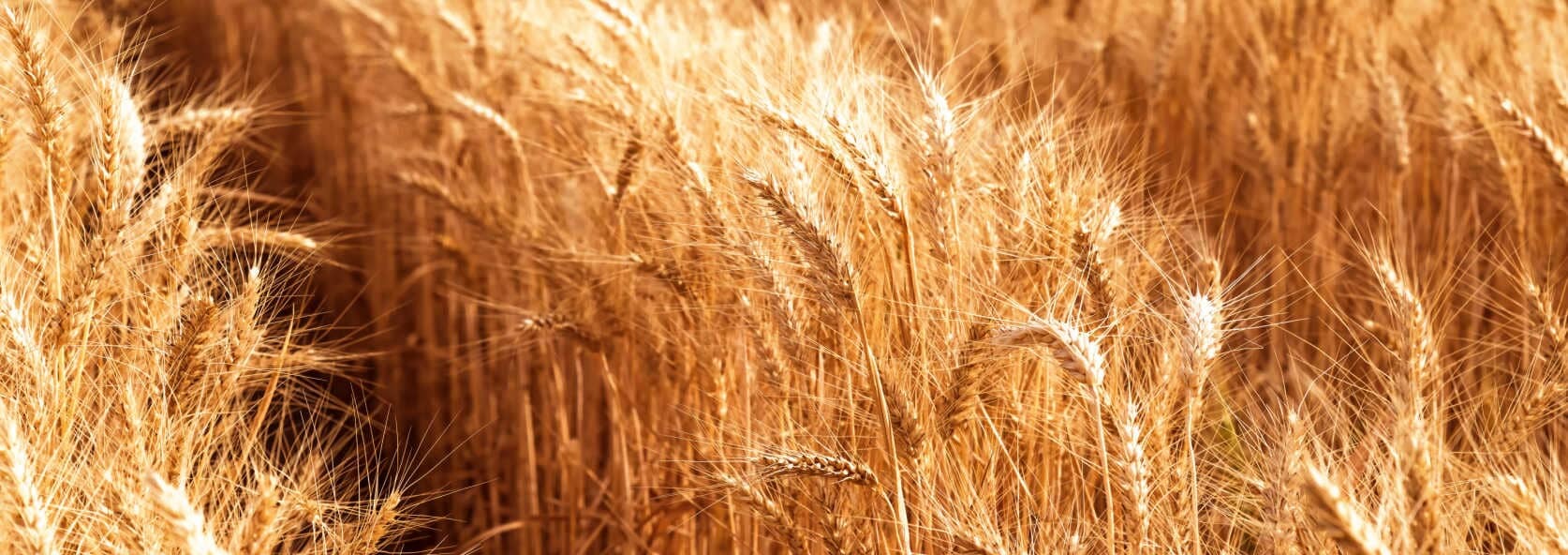Triticale: The Wonder Grain
by Lara Wadsworth
Triticale, what I have dubbed as ‘The Wonder Grain’, is a grain developed in the late 1800s in Scotland by crossing wheat and rye. This unique and valuable grain has many uses, including as a cover crop, grinding into flour, and growing indoors as grass or sprouts. It is incredible because it has a higher protein content than wheat or rye but is easier to grow! It is one of the foods that helped to solve world hunger.
Cover Crop
Triticale is one of the best cover crops on the market. Whether you’re a farmer or a home gardener, triticale is the way to go. As a cover crop, triticale improves soil health, prevents erosion, prevents weeds, holds up to animal grazing, and can even be used as spring forage. It is drought tolerant and yields higher than wheat or rye. Make the most of your land and plant triticale!
Flour
Triticale is like wheat and can be ground into flour. Purchasing our seed in bulk is great for this. Grind your own flour at home and make nutritious breads and other baked goods. Triticale flour is high in protein for a grain and handles beautifully in the kitchen. It is known for making exceptional layer cakes and tortillas due to its lower gluten content than traditional wheat.
Grass
Most people have heard of growing wheatgrass, but triticale grass is another great option! It has all the same benefits as wheatgrass plus some! All you need to grow triticale grass is a growing tray, some potting soil (fertilizer-less), a warm, sunny spot, and water! Check out our wheatgrass growing video for more information. Triticale grass is high in protein, fiber, and vitamins A, B, C, E, and K. It also contains chlorophyll, which is high in antioxidants and helps with digestion and detoxification.
Wheatgrass Juicer

Organic Triticale Sprouting Seeds

Sprouting
Triticale sprouts, also known as sprouted triticale wheat berries, are delicious and easy to grow. Check out our sprouting guide for information on how. Triticale sprouts promote good digestion, balanced blood sugar levels, and healthy weight. They are high in calcium, magnesium, phosphorus, pantothenic acid, and vitamins B, C, and E. The process of sprouting releases enzymes that allow the nutrients in the grain to be more readily absorbed and used by the body.
Sprouting Triticale is extremely easy and can be broken down into four steps. First, soak. Soak the triticale in water at room temperature for 6-8 hours. Then drain and rinse. Second, grow. Add the soaked triticale to your growing tray or sprouting jar. Both are easy methods and can be learned more about in our free sprouting guide. Third, rinse. Rinse the sprouts 2-3 times daily. Triticale germinates quickly and will sprout in just 24 hours. Lastly, harvest! For sprouts, triticale has the best texture when harvested within about 48 hours. Either cut the sprouts free from the soil or simply remove them from the sprouting jar. Eat and enjoy!
year. Grow cover crops in the summer, sprout the berries in the winter, and grind the flour all year long. This tolerant grain won’t let you down!
